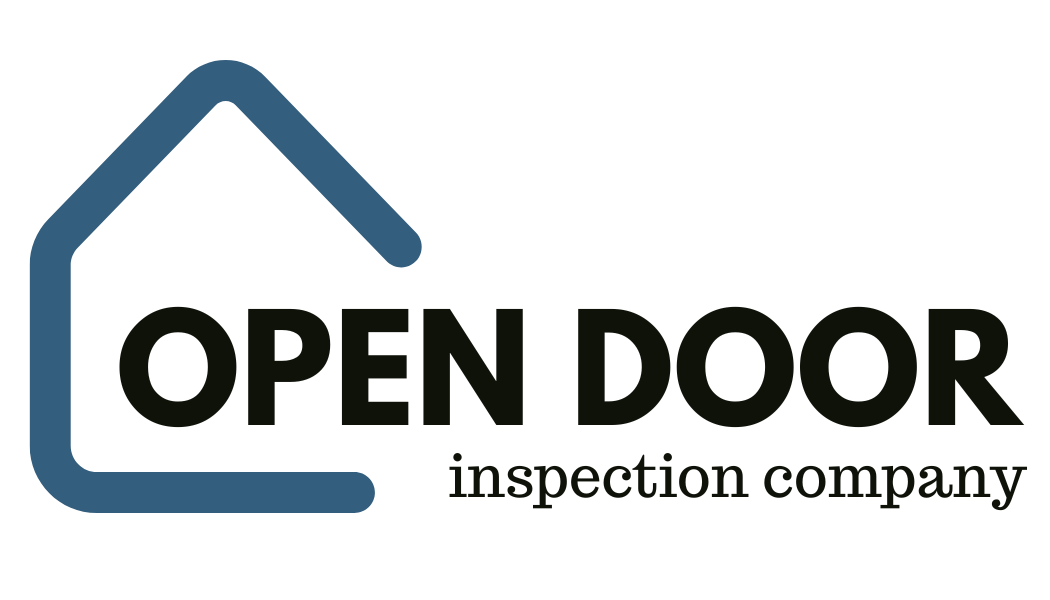The Ultimate Guide to HVAC Efficiency: Importance of Keeping Your Furnace Filters Clean
When it comes to maintaining a comfortable and energy-efficient home, there's one often-overlooked hero in your HVAC (Heating, Ventilation, and Air Conditioning) system: the furnace filter. While it might seem like a small and insignificant component, a clean furnace filter plays a crucial role in keeping your home cozy, your energy bills low, and your indoor air quality pristine. In this blog post, we'll dive into the importance of keeping your furnace filters clean and how it can benefit both your home and your wallet.
Why Does a Furnace Filter Matter?
Improved Air Quality
The primary purpose of a furnace filter is to trap airborne particles such as dust, pollen, pet dander, and even microscopic contaminants. When the filter is clean, it can effectively capture these pollutants, preventing them from circulating throughout your home. This is especially important for individuals with allergies or respiratory conditions, as clean filters help maintain a healthier indoor environment.
Enhanced HVAC Efficiency
A clogged or dirty furnace filter forces your HVAC system to work harder to push air through, leading to decreased efficiency. When your system has to work overtime, it consumes more energy, which translates into higher utility bills. By regularly changing or cleaning your filter, you allow your HVAC system to operate at peak performance, saving you money in the long run.
Prolonged Equipment Lifespan
A clean furnace filter not only helps your HVAC system run more efficiently but also extends the lifespan of your equipment. When the system doesn't have to strain due to a clogged filter, it experiences less wear and tear, reducing the risk of breakdowns and costly repairs.
How Often Should You Change or Clean Your Furnace Filter?
The frequency of filter maintenance depends on several factors, including the type of filter, the number of occupants in your home, the presence of pets, and local air quality. However, a general rule of thumb is to check your filter every 1 to 3 months and replace it as needed. If you have pets, you might need to change it more frequently, possibly every month, to maintain optimal air quality.
Steps to Clean or Replace Your Furnace Filter
Turn off Your HVAC System: Before attempting to clean or replace the filter, turn off your heating or cooling system to ensure your safety.
Locate the Filter: The filter is typically located near the return air duct or blower compartment. Refer to your HVAC system's manual if you're unsure.
Remove the Filter: Take out the filter carefully, noting its size and type for replacement.
Inspect the Filter: If you're using a washable filter, follow the manufacturer's instructions to clean it. For disposable filters, simply replace them with a new one of the same size and type.
Install the Filter: Ensure the filter is correctly positioned in the filter slot, following the airflow direction marked on the filter frame. Reattach any covers or panels you removed.
Turn On Your HVAC System: Finally, turn your heating or cooling system back on.
Conclusion
A clean furnace filter is a small investment that pays significant dividends in terms of indoor air quality, HVAC efficiency, and the longevity of your equipment. Regularly inspecting, cleaning, and replacing your furnace filter is a simple yet effective way to keep your home comfortable, your energy bills manageable, and your family healthy. Don't underestimate the importance of this often-overlooked component in your HVAC system; it can make a world of difference in your daily life and household budget.
